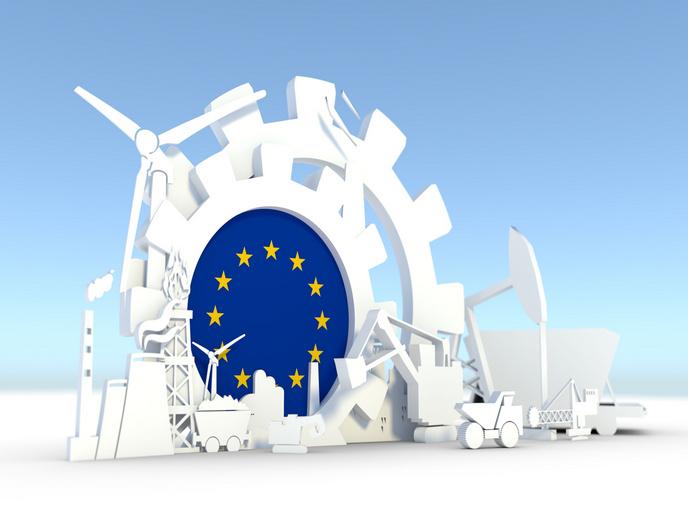Dual behaviour in materials
The Landau–Fermi liquid theory is used to describe the state of metals at low temperatures and is based on the concept of independent particles. However, when there are strong interactions between particles, this theory is less applicable and new concepts are required. For instance, external pressure can push particles such as electrons closer together and induce strong interactions resulting in new structures. To elucidate the many body-behaviour of electrons in solids, the EU-funded project 'Electronic instabilities in clean materials with strong correlations' (EICMSC) was initiated. High pressure research was conducted to tune materials such as nickel sulphide (NiS2), cerium platinum indium (CePt2In7) and lanthanum silver antimony (LaAgSb2). Project members developed novel patterned anvil cells with integrated tracks to conduct electrical measurements when high pressure is applied on samples inside the cell. Focused ion beam methods were developed to cut samples measuring less than 100 microns in size. NiS2, an insulator, was tested as it is magnetically unstable and transforms into a metal at high pressures. X-ray scattering and high-pressure electrical resistivity measurements helped analyse changes in electronic structure upon application of pressure. CePt2In7 orders magnetically at low temperature, but on application of high pressures it goes into a superconducting state. Superconductivity is a state where electricity is conducted with no energy loss. LaAgSb2 is similar to CePt2In7 but has a charge-ordered state at low temperature. Researchers conducted comprehensive electrical resistivity and electronic structure measurements such as quantum oscillation technique to test for superconductivity at high pressures. Project activities have made significant inroads into elucidating changes in electronic structure in selected materials on application of high pressures. This will have wide-ranging applications in the transport, electronics and communication, power and computing sectors.







